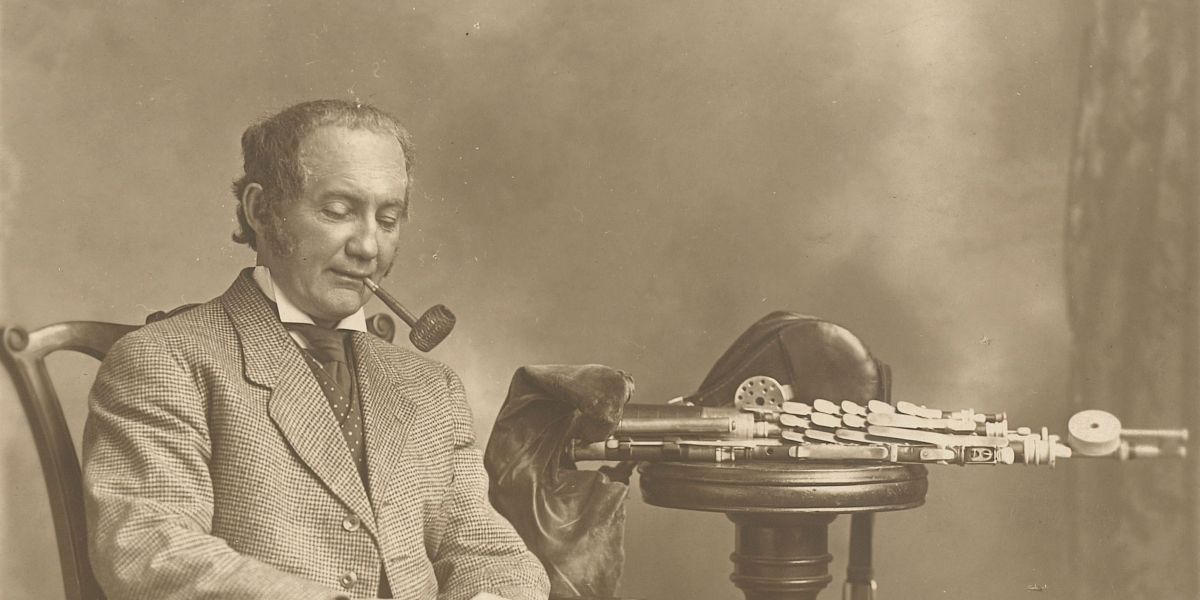
1865–1923

Patrick J. “Patsy” Touhey was one of very few Irish traditional musicians whose career spanned the eras of the old variety theatres, the organized vaudeville circuits that replaced them, and the dawn of modern recording technology. Touhey was born Patrick J. O’Toole in Cahertinny, Kilconickny near the town of Loughrea in County Galway. His father, grandfather and two uncles were uilleann pipers. The family emigrated around 1868 and settled in Boston. Patsy’s father James died not long after, but the youngster studied piping from Bartley Murphy, one of his father’s students.
As a young man, Patsy made his way to New York, where his interest in the pipes was revived when he heard piper John Egan playing in a Bowery music hall. He and Egan launched a partnership that took them on the road with “Harrigan’s Double Hibernian Company,” a troupe that combined variety entertainment with a painted “Hibernicon” panorama. Touhey, as he now billed himself, went on to have a highly successful career as a piper and comic actor in full-scale theatrical plays and vaudeville, where he worked with several partners, including his wife Mae (Mary Gillen), whom he married about 1905.
Touhey was an early enthusiast of Thomas Edison’s cylinder recording technology. Edison offered him a contract but the terms were not to the piper’s liking. He preferred to record his own one-off cylinders, which he advertised in 1901 in New York Irish newspapers. Fans could request any of 150 airs or dance tunes and receive a dozen cylinders for $10. That wasn’t a small sum in 1901, and it is not clear how many he sold, but dozens of Touhey cylinders have survived. The new 78 rpm disc recording technology appeared near the end of Touhey’s life and he recorded only three sides before his death in the Bronx in early 1923. These cylinders and discs reveal a musician of immense virtuosity and technical genius, one whose style still influences contemporary uilleann pipers.
Touhey, Patrick J, ca. 1904
Touhey, Patrick J, November, 1919